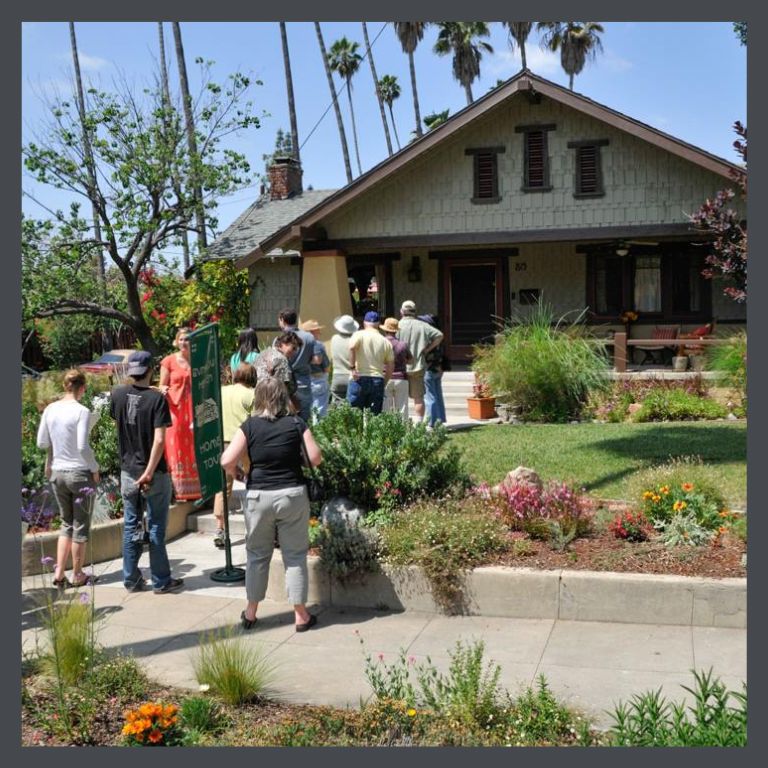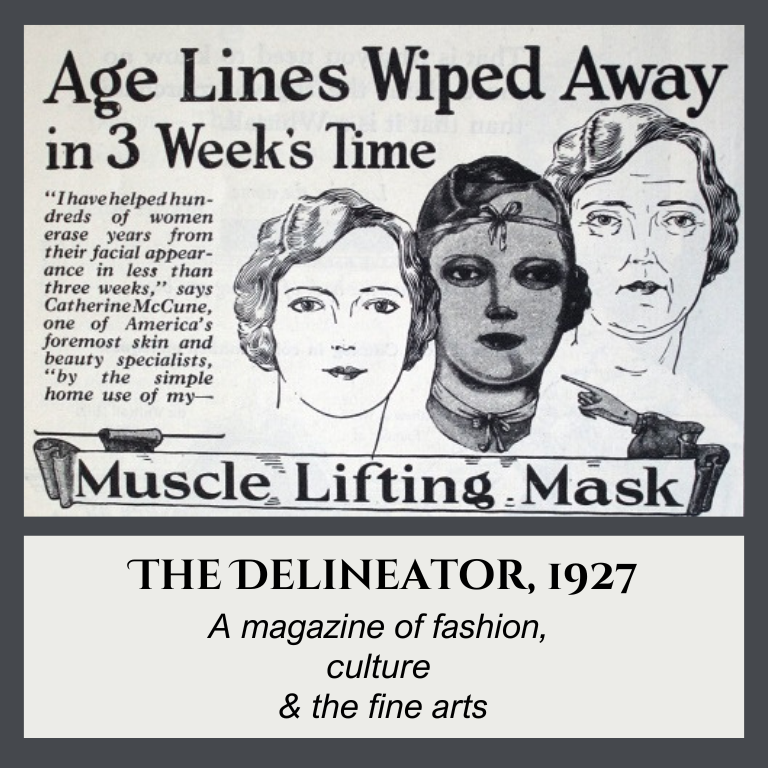PRESERVATION ACTIVISM IN YOUR BUNGALOW NEIGHBORHOOD
The 2 greatest gifts my mother gave me, a love of art & an huge affinity for things old, gave me my third gift, historic preservation activism in my bungalow neighborhood. This is an article I wrote for my neighborhood association newsletter many long years ago....
NEIGHBORHOOD HISTORIC PRESERVATION COMMITTEES- BUILDING COMMUNITY
"There may have been a time when preservation was about saving an old building here & there, but those days are gone. Preservation is in the business of saving communities & the values they embody." ~Richard Moe, President, National Trust for Historic...
BASIC HISTORIC PRESERVATION GLOSSARY OF TERMS
Just knowing these basic historic preservation glossary terms will take you far in understanding the principles & practices of historic preservation. The majority of the terms were developed by The U.S. Department of the Interior which protects & manages our...
NEIGHBORHOOD PRESERVATION COMMITTEE MEMBERSHIP ACTIVITIES
The members of my neighborhood preservation committee were the people with whom I felt the most kinship. When I left L.A. to live in Tampa, I purchased a bungalow only one block away from the chair of the committee, Dr. Steve Gluckman. A PhD archeologist, Steve was...
PUBLIC EVENTS THAT CAN BE PRODUCED BY YOUR HISTORIC PRESERVATION COMMITTEE
The purpose of these events is to help people understand their old houses & to feel that they have better control over them, using best preservation methods & materials. They also provide the opportunity to recruit committee members. Only through education...
MAKING YOUR NEIGHBORHOOD PRESERVATION COMMITTEE WELL KNOWN
If you build it, they might come or they might not. If you market it wisely, they will. The first thing that you'll need to do is meet with the association board & tell them your plans. You're going to need their backup. You can copy the activitie's list & see...
AGENDA FOR YOUR FIRST NEIGHBORHOOD PRESERVATION COMMITTEE MEETING
The association has sent out notices of the meeting; you have trotted about the neighborhood, sticking fliers in the doors of all the residents & posters in the windows of all the businesses; you have communicated on an individual basis with everyone you know,...
WHAT IS A HISTORIC DESIGNATION, ANYWAY?
NOTE: This is not an article about the benefits nor the drawbacks of historic designations. This is just information about what they are. I have included many links in case you would like to know more. First, let’s look at a common misconception about historical...
LEADING A NEIGHBORHOOD PRESERVATION COMMITTEE
Leading a preservation committee presents the same challenges as leading any activity. To be successful at it, you need to take a look at what might motivate someone to work a 40+ hours a week job, to care for a home & a family & then to go “work” in a...












